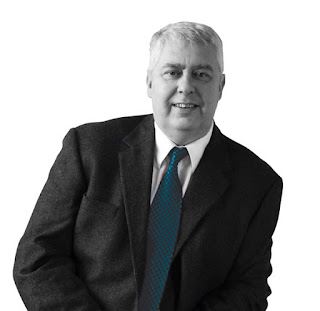The news that Harley will 'float' LiveWire as an entirely separate legal entity has taken many, including me, entirely by surprise. The solution that has been arrived at and the distance traveled to deliver it so quickly is stunning, frankly.
Once you drill down and follow the logic of the structure to be used it has good sense written into its DNA. Leaving aside the sometimes derided nature of the 'SPAC' (Special Purpose Acquisition Company) as a way-to-market vehicle, it is going down an equity-share joint venture route that gets my attention.
At long last, we have a Harley management team that is fit for purpose in a 21st century in which all the orthodox 'Not Made Here' tropes are being jettisoned.
As with its partnership with Qianjiang Motorcycle Company, Harley is drinking from a well of JV thinking that is commonplace at a time when it needs to be commonplace. At times of great commercial and manufacturing change, Harley is pushing forward-facing buttons in spades.
As solutions go, the way Harley's management has chosen to embrace collaboration is uncharacteristic and bold in equal measure. Compliments to the chefs, I say!
The partners they are signed up with - in investor and private equity terms - appear to be 'robust'. I didn't know anything about either AEA Investors or Bridges Fund Management before, and from the limited amount of research I was able to do in the available time, they both appear to be 'righteous'.
100,000 units in five years
I do know more about KYMCO though. Of the Asian majors, they are a business to be admired. The company's Chairman Allen Ko is an entrepreneur who is respected and revered. When it comes to the powersports industry's 'Electrification Space' there are not many corporations with twice the 10-year longevity at it than Harley itself has, and technologies like its IONEX swappable battery program is one of the breakthroughs in a market in which GOGORO is currently the pacemaker.
While the concept of swappable batteries does not specifically rear its head in Harley's S2, S3 or S4 Arrow platform architecture development plans, it would be a surprise if LiveWire didn't at least embrace it at the low power end of the electric PTW market, initially and especially in Asia. Indeed, proto-rivals such as Honda, Yamaha, Piaggio and KTM are taking it very seriously, and targeting the products their consortium builds for use in shared platform technology in Europe. For my money, if Stefan Pierer (KTM) and Michele Colaninno (Piaggio) are taking it seriously (to say nothing of Honda and Yamaha), then so should everybody else.
Modular architecture is very much the way of the future in the EV market, especially in the powersports market, and with its Arrow platform, Harley is giving LiveWire a ticket to the Ball, and KYMCO will be the perfect dance partner.
However, there is just one small fly in the ointment as I have understood the plans so far. The consensus in Europe, indeed globally, is that it will take mandatory compulsion to end the production of internal combustion engine vehicles. Only then will we see critical mass for electrification.
The prospect of the international motorcycle industry seeing substantial adoption of electrification in the short-term (five to ten years) remains debatable. The LiveWire investor presentation uses
growth projections that appear optimistic at best.
From sales of 387 LiveWire units and income of $33m in 2021, Harley is projecting that LiveWire will sell 100,961 units worth $1.769bn as soon as 2026 - just five years from now. This is then slated to double to approx. 190,000 units by 2030 (worth around $3bn in total revenue).
These forecasts are "management projections", not industry forecasts, and it is unlikely that the world's motorcycle industry trade associations (including the MIC in USA and ACEM in Europe) would recognize such a forecast from their own and their members' research efforts, or be comfortable associating themselves with such forecasts.
Harley is betting the farm on being able to "grow the market by expanding the product portfolio" - a 'build the bikes and the consumers will come' piece of wishful strategic thinking that we have seen from Harley before.
Harley is gambling that "younger" and "new-to-sport riders" will tip the balance in their favor. In fact, all the research that AMD sister magazine International Dealer News is seeing in Europe, from Asia and even from the United Nations, in terms of urbanization trends, suggests that the real opportunity is with suburban and peri-urban commuters.
A market which largely (though not exclusively) requires longer-term settled residence and developed career status than that which characterizes "younger" riders (who tend to nest closer to downtown) and the ability to spend at better than entry level price-points.
I'm afraid to have to say that the market research evidence cited in Harley's investor prospectus is thin, and that without an ICE endgame target date translating consumer environmental sentiment into units sold is dangerous. That is the plan's Achilles Heel right there.

